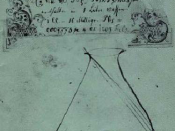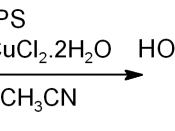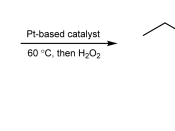Introduction
When iron is mixed to Copper (â ¡) Chloride; the product will be copper and iron chloride. However, in this experiment, we do not have the information of the oxidation number for iron nails. There are 2 different oxidation numbers for iron; that are 2 or 3. We will need to check each of the equations to find out the moles of each element in the equation. Then we can compare the ratio between the mole and the mass of iron and copper; that will be measured during the experiment. Finally because of the balanced equation the ratio of the mass and the mole has to be the same; by this we can check the actual equation and the actual oxidation number of iron in this reaction. This process will finally end us up of finding out which oxidation number of iron is used in this experiment.
So, if the oxidation number is 2:
Fe (â ¡) + CuCl2 (aq) â Cu + FeCl2
If the oxidation number is 3 the reaction equation will be:
2Fe (è) + 3CuCl2 (aq) â 3Cu + 2FeCl2
In addition, we will need to find the percent yield of copper.
Percent yield is a measure of the mass of what was produced ("experimental yield") divided by the mass of what should have been produced ("theoretical yield"). Hence, the equation will be:
Percent yield= experimental yield
theoretical yield
We will need to substitute the experimental yield and the theoretical yield of copper after we have found out the actual equation.
Purpose
Since there are two possible oxidation numbers for the iron nails, by this experiment we will need to determine the actual oxidation number of the iron in this experiment.
Hypothesis
As said in the introduction there will be two possible decomposition reactions:
Fe (â ¡)...


